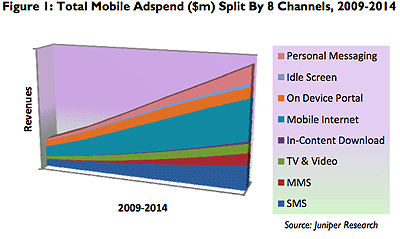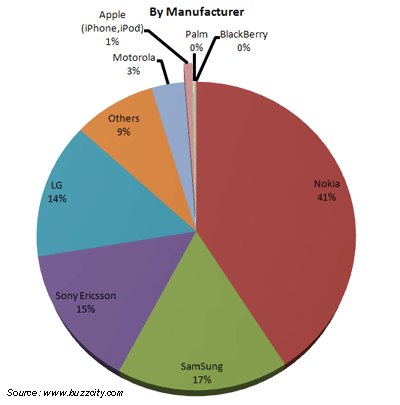eMarketer is pointing to an increasing mobile web population. Paul Budde talks of an increase in South Korean smartphones. I see more and more people using the mobile web each day around inner city Sydney. We’re on the edge of something that has been brewing for a few years in mobile. Very exciting.
From the eMarketer report today:
According to Nielsen, smartphones were used by 25% of the US mobile phone audience in Q2 2010, up from 23% the previous quarter and 16% in Q2 2009. The research firm predicts they will overtake feature phones by the end of 2011.
This increased ownership of smart devices is driving growth in mobile internet usage. The acceleration of this trend has led eMarketer to raise its forecast relative to the estimates released in November 2009. According to eMarketer projections, 85.5 million mobile users will access the web from their mobile devices in 2010, versus 83.5 million in the previous forecast.
Paul Budde on South Korea:
Up until 2007 South Koreans continued to shun mobile phones with PC-like functionality, unlike in the US and European markets where such devices were becoming increasingly popular. At that time there were only 10 smartphone models in South Korea, compared to the hundreds of phone models being introduced within the country on a regular basis. Some customers were turning away from smartphones because they were bulky, expensive and also had limited Internet connectivity.
Into 2010 a shift was underway in South Korean consumer’s perception of smartphones, perhaps enticed by the applications offered through the iPhone. South Korean manufacturers ramped up their production of smartphones to account for around 50% of all production.








You must be logged in to post a comment.